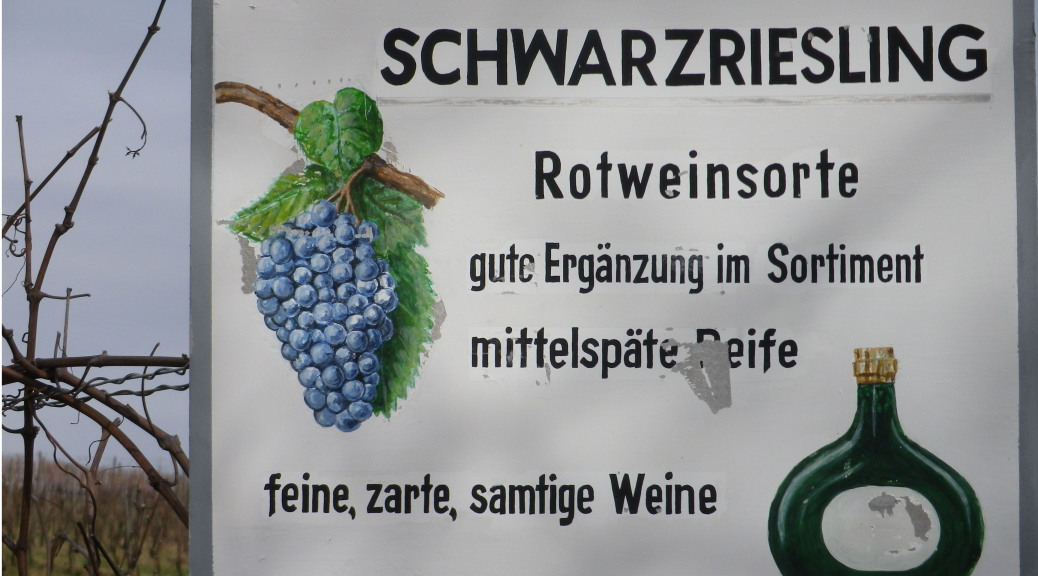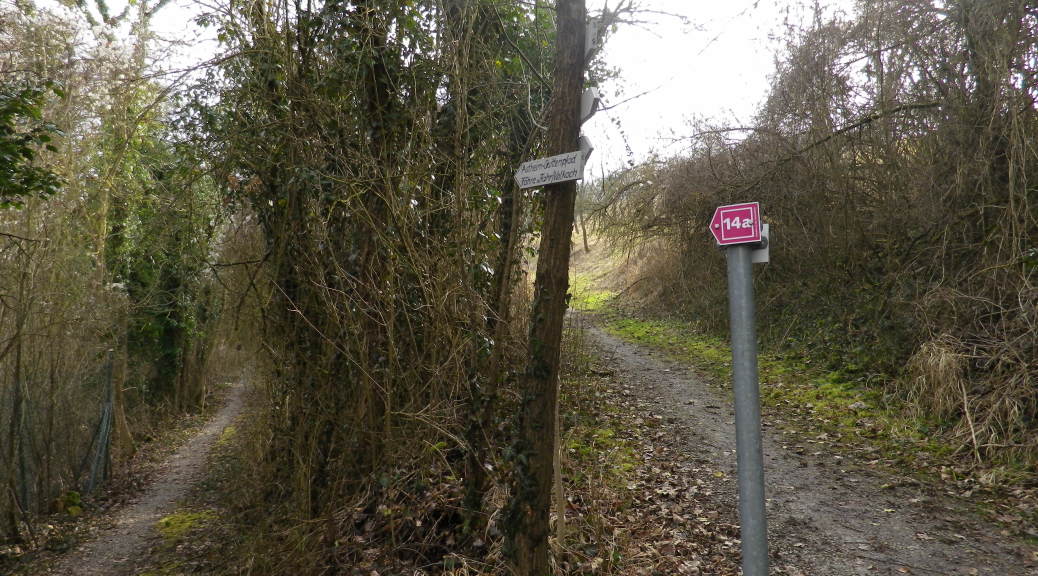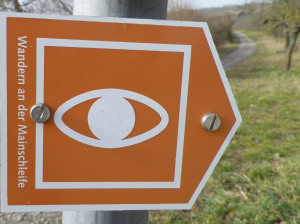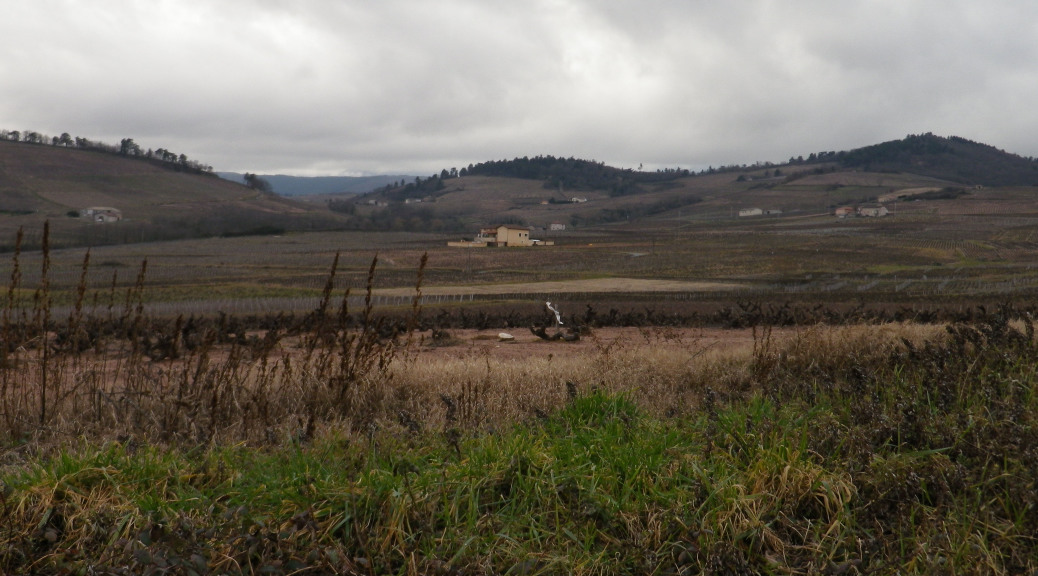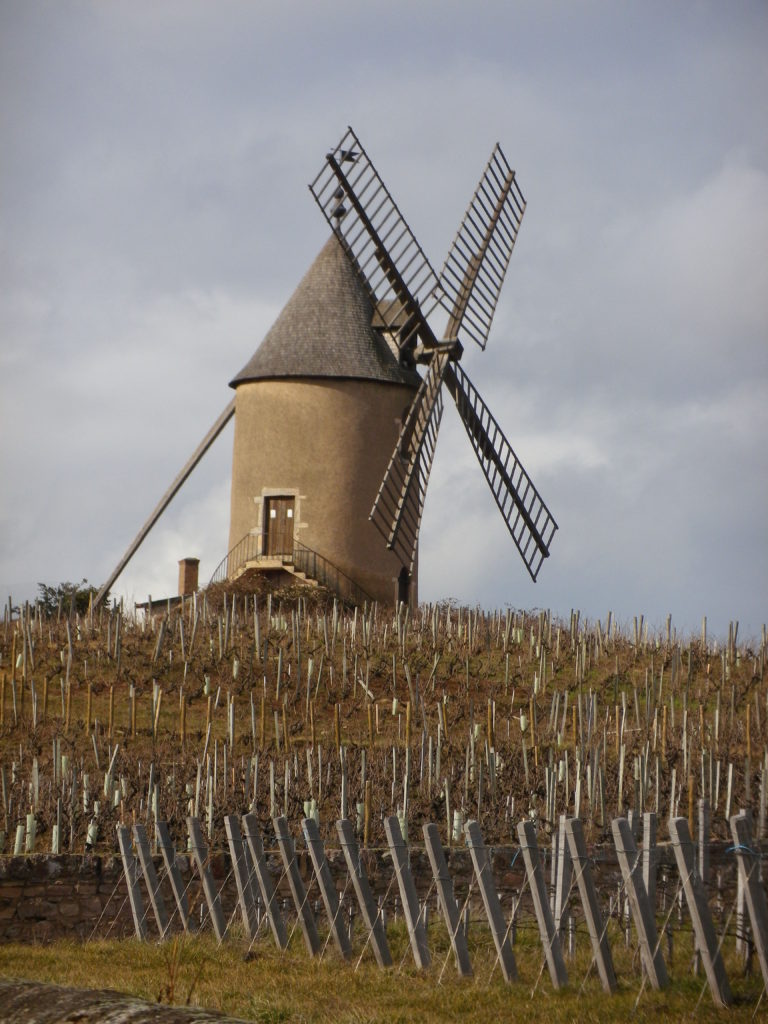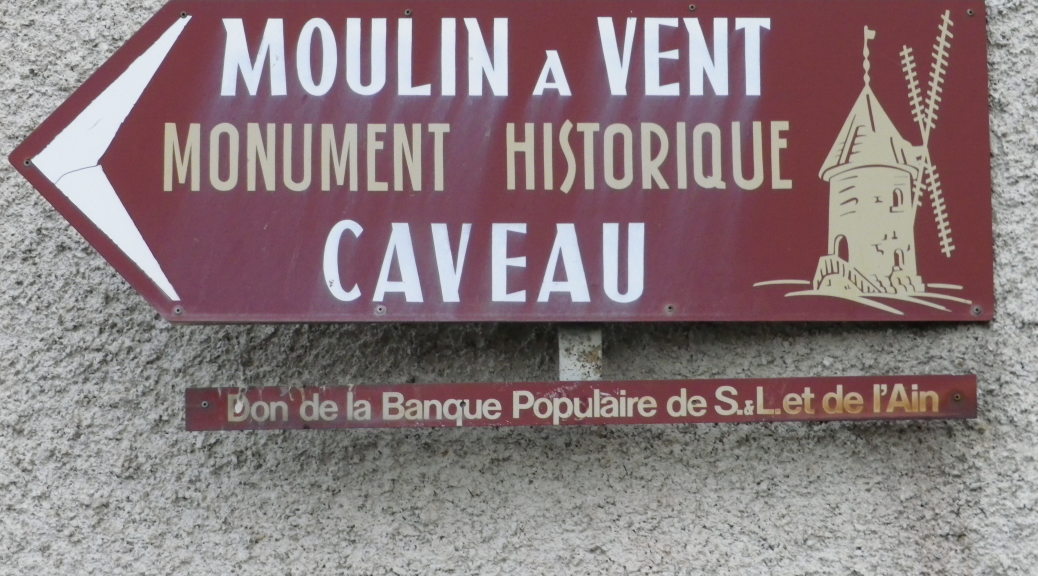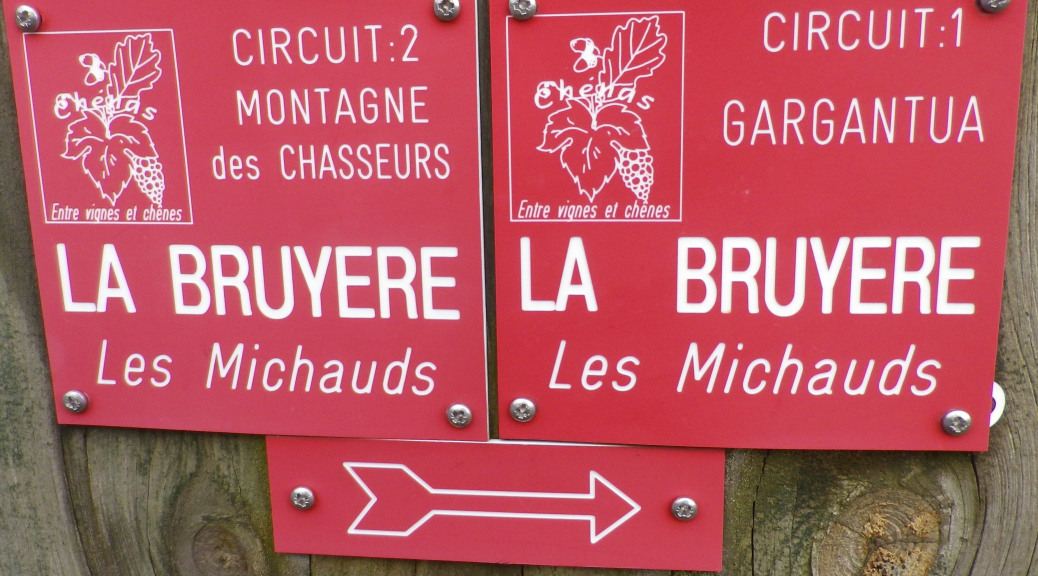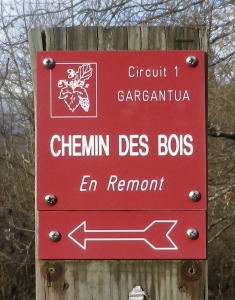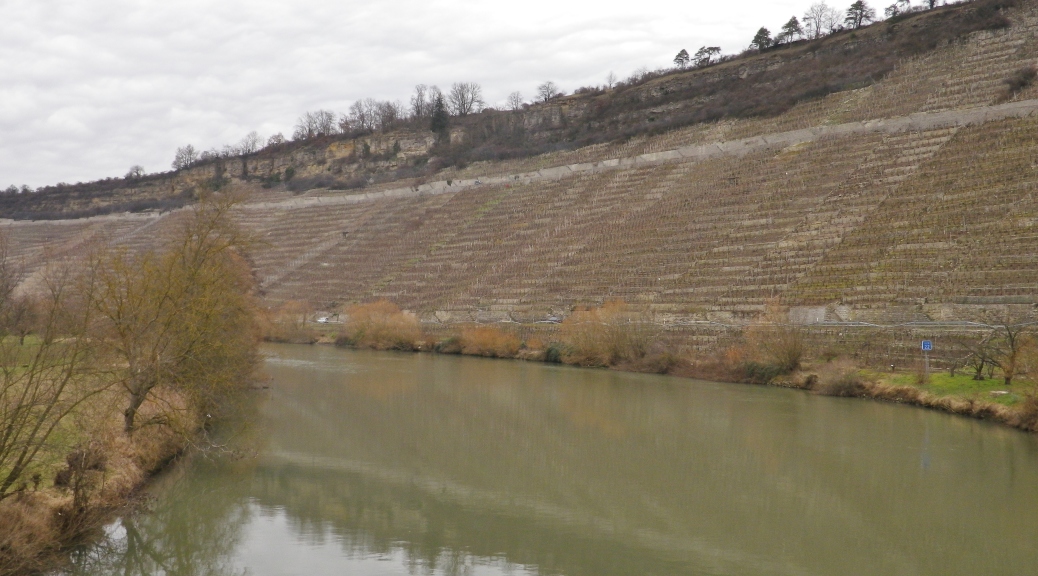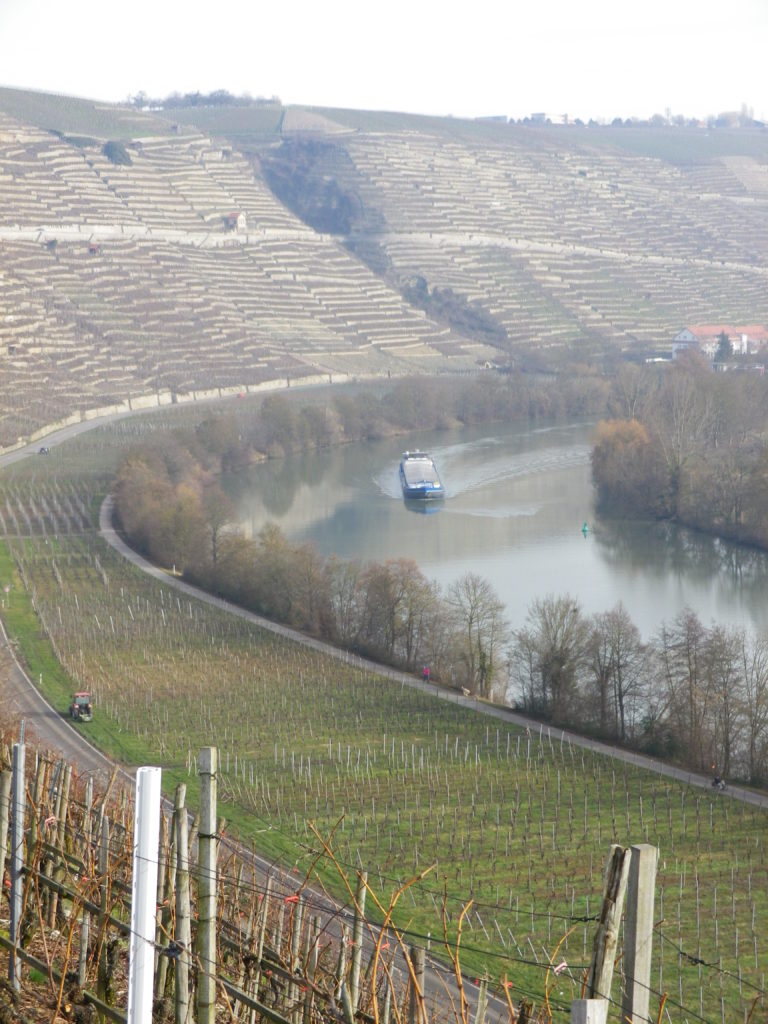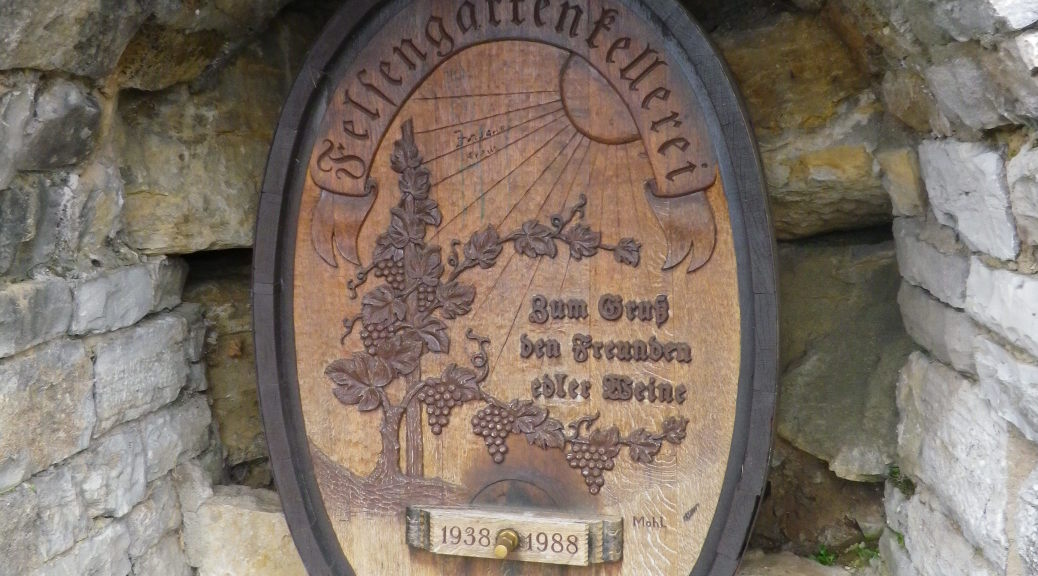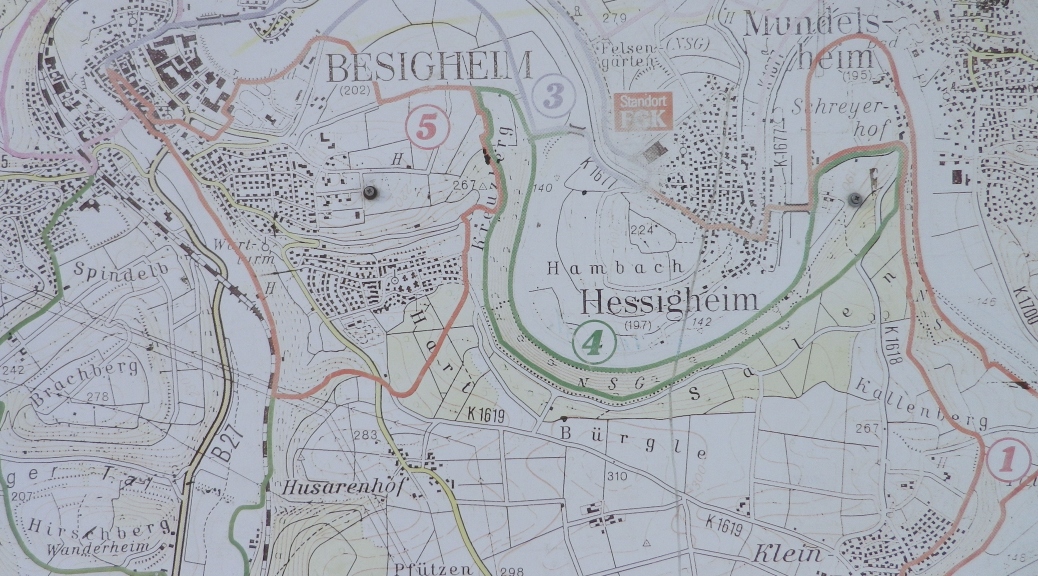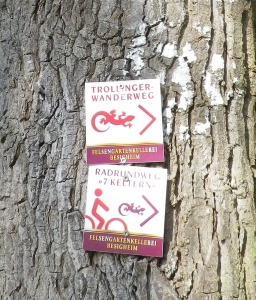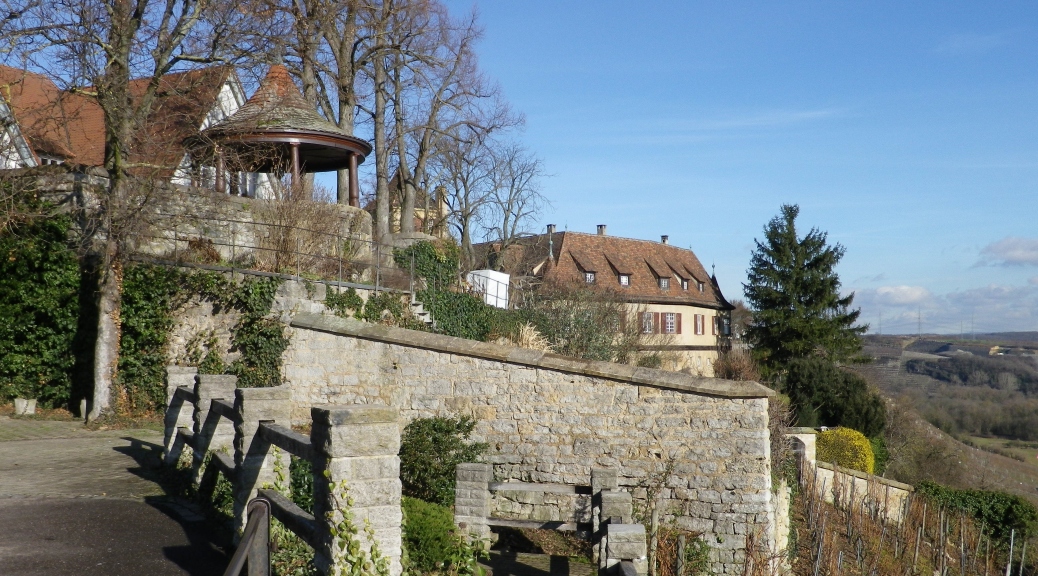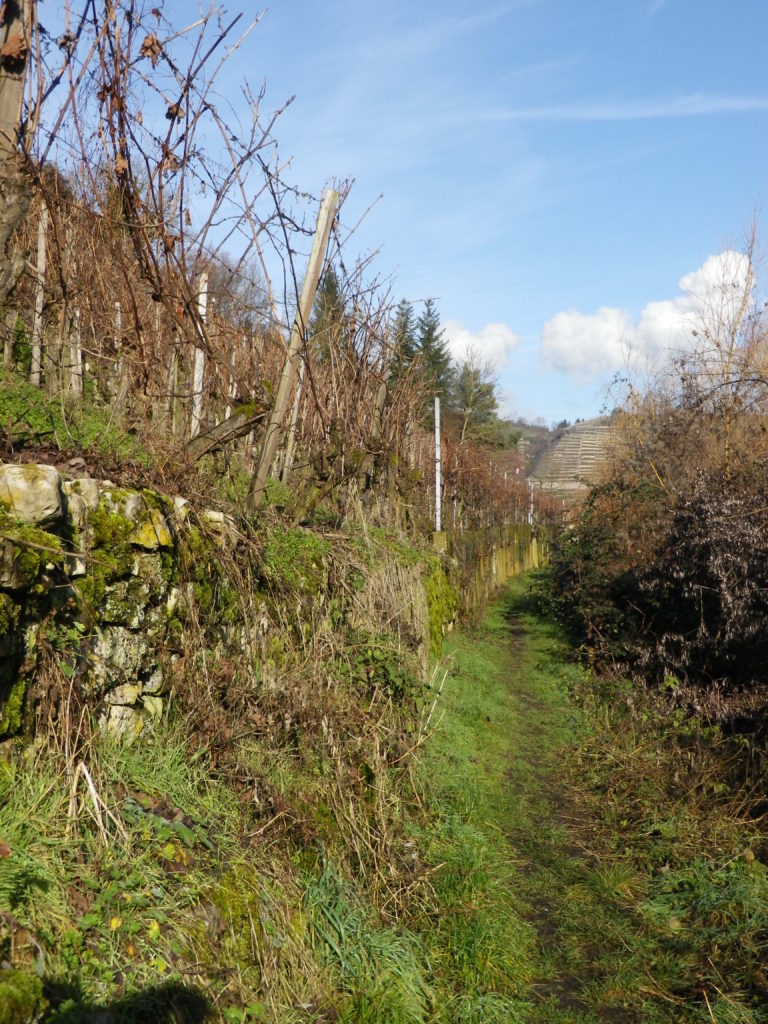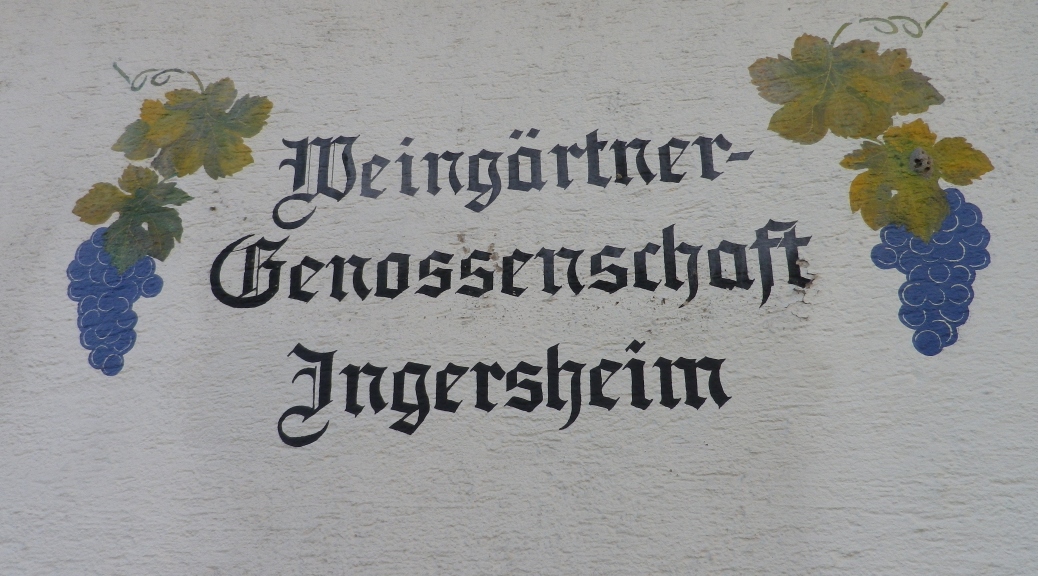What I Learned:
Along the Main River in Franconia (Franken, in German), there are three wine districts of good repute: Maindreieck, Mainviereck, and the Steigerwald, set slightly off the river, but still enjoying a climate mild enough to grow grapes. This post focuses on the Maindreieck district only.
The Maindreieck is a triangle of land surrounded on three sides by the Main River. The Main is a tributary to the Rhine. The river makes three dramatic curves close to the heart of Franconia, forming this “triangle” (dreieck) as a paragon of viticulture in south central Germany. The most important and undoubtedly best known town for wine culture in this area is Wuerzburg.
